Based on the Zendesk Customer Experience Trends Report 2023, 72 percent of business leaders are focusing on integrating AI and chatbots into the customer support experience in the coming year. While bots and chatbots have been in use for a while, recent AI advancements have made their advantages clearer to both businesses and customers.
Now, let’s take a closer look at the benefits of chatbots for businesses, employees, and consumers.
Benefits of chatbots for customers

Chatbots are often the first point of contact customers have with a company, welcoming and interacting with them in a friendly and convenient manner. Until recently, there were two primary types of chatbots:
- Rule-based or decision-tree chatbots, which are easy to set up and provide good customer service by responding to questions with predetermined answers.
- AI chatbots, which use natural language processing (NLP) or machine learning to understand customer requests and improve with each interaction.
While businesses still use rule-based chatbots, AI chatbots have become more accessible and are now the industry standard. Both types of chatbots, however, help businesses deliver excellent customer support interactions. Here are the benefits of chatbots for customers.
1. Provide fast, 24/7 customer service

Customers prefer quick and convenient service, even during busy periods. When chatbots handle initial interactions, they eliminate wait times by offering instant support. Chatbots work around the clock, providing 24/7 global support, which is especially helpful when human agents are offline.
For example, Photobucket, a media hosting service, uses chatbots support to offer round-the-clock assistance to international customers who may require help outside regular business hours. With chatbots, customers can easily access information or find answers to frequently asked questions within minutes.
Since implementing a chatbot, Photobucket has experienced a three percent increase in customer satisfaction (CSAT) and a 17 percent improvement in the time it takes to resolve customer issues on the first attempt.
2. Offer more personalized experiences
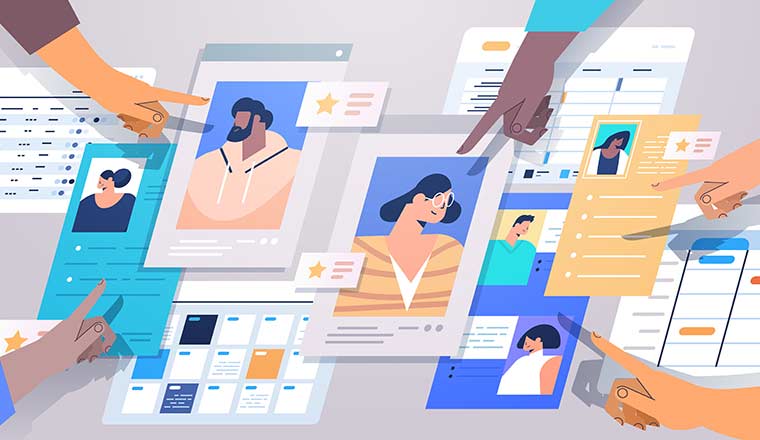
Customers are aware that chatbots gather personal information but expect it to be used for improving their customer experience. According to our CX Trends Report, 59 percent of consumers who engage with chatbots anticipate that their data will be utilized to personalize future interactions with a brand. Now, let’s delve into how do chatbots work.
When AI-powered chatbots are connected to your other business tools, such as customer service, marketing automation, or CRM software, they can use the right data to offer personalized experiences. Here are some examples:
- Adjusting the messages to match where the customer is in their journey with your business.
- Suggesting products or services that fit the customer’s preferences, behavior, or demographic.
- Sharing details about new offerings.
- Checking if customers need help with items in their shopping cart.
- Providing order status without needing the customer to provide order information.
3. Deliver multilingual support

Online shopping allows customers to shop from anywhere in the world, making it important to overcome language barriers for a better customer experience. Chatbots can provide customer support in various languages. They can detect the customer’s preferred language at the beginning of a conversation or by analyzing customer inputs.
These multilingual chatbots can communicate through voice, text, or chat in multiple languages. Additionally, AI can be used to answer general questions and complete basic tasks in the customer’s preferred language.
4. Ensure more consistent support

Customers who regularly interact with your support team often don’t speak with the same agent more than once. This can lead to inconsistencies in the assistance they receive because different agents have varying levels of expertise and training. While businesses strive to improve their customer service training, chatbots operate on predefined frameworks and consistently provide answers from a single source, ensuring a uniform customer service experience.
Chatbots are also designed to offer even-tempered guidance, regardless of the length of the conversation or the customer’s behavior. If a customer is impolite or dismissive, chatbots support can still provide empathetic customer experiences by recognizing signs of frustration or anger in the customer’s language and responding appropriately.
5. Offer convenient self-service options

In our CX Trends Report, we found that 37 percent of surveyed customer service agents mentioned that customers often get visibly frustrated or stressed when they can’t complete simple tasks on their own. Chatbots can remove this frustration by offering self-service options, allowing customers to handle basic issues independently or quickly find information when they need it.
For instance, X Dimension bots can guide customers to community forums, FAQs, or help center articles. They can also retrieve information from your existing knowledge base to answer common customer support queries. As chatbots interact with more customers, they improve and offer even better self-service options over time.
6. Provide proactive customer service

Businesses can employ chatbots to offer proactive support and suggestions to their customers. By keeping an eye on how users interact with their websites, businesses can use chatbots to reach out to customers proactively, addressing common questions and potential issues right on the page.
For instance, imagine an e-commerce company using a chatbot to welcome a returning visitor and inform them about low stock of items in their shopping cart. Similarly, a financial services company could use a chatbot to anticipate common questions about loan applications and provide tailored information to assist customers in completing their applications.
Furthermore, chatbots are capable of recognizing when it’s appropriate to transfer a conversation to a human support agent or sales representative and can ask customers if they’d like to connect with them to address any questions that might be hindering a purchase
7. Provide support across multiple communication channels.
Customers use various ways to get in touch with companies, such as phone calls, emails, social media, and messaging apps like WhatsApp and Messenger. They want to have seamless conversations that continue from one platform to another, regardless of the device or channel they’re using.
Unfortunately, not all businesses offer this kind of experience. To stand out from the competition, you can use automated bots to answer common questions from different sources like email, your website, Slack, and various messaging apps. By integrating these AI chatbots with your other technology systems, you can connect conversations and provide a consistent experience. This way, your customers will receive quicker responses on their preferred communication channel.
Chatbot benefits for businesses
How do chatbots benefit businesses? Chatbots are becoming a common way for companies to interact with customers, improving their overall experience. But chatbots aren’t just about making customers happy; they also enhance the experience for the employees using them. Here are some ways businesses gain advantages from using chatbots. Let’s also briefly touch on what is chatbots and how it work.
8. Improve service with every interaction
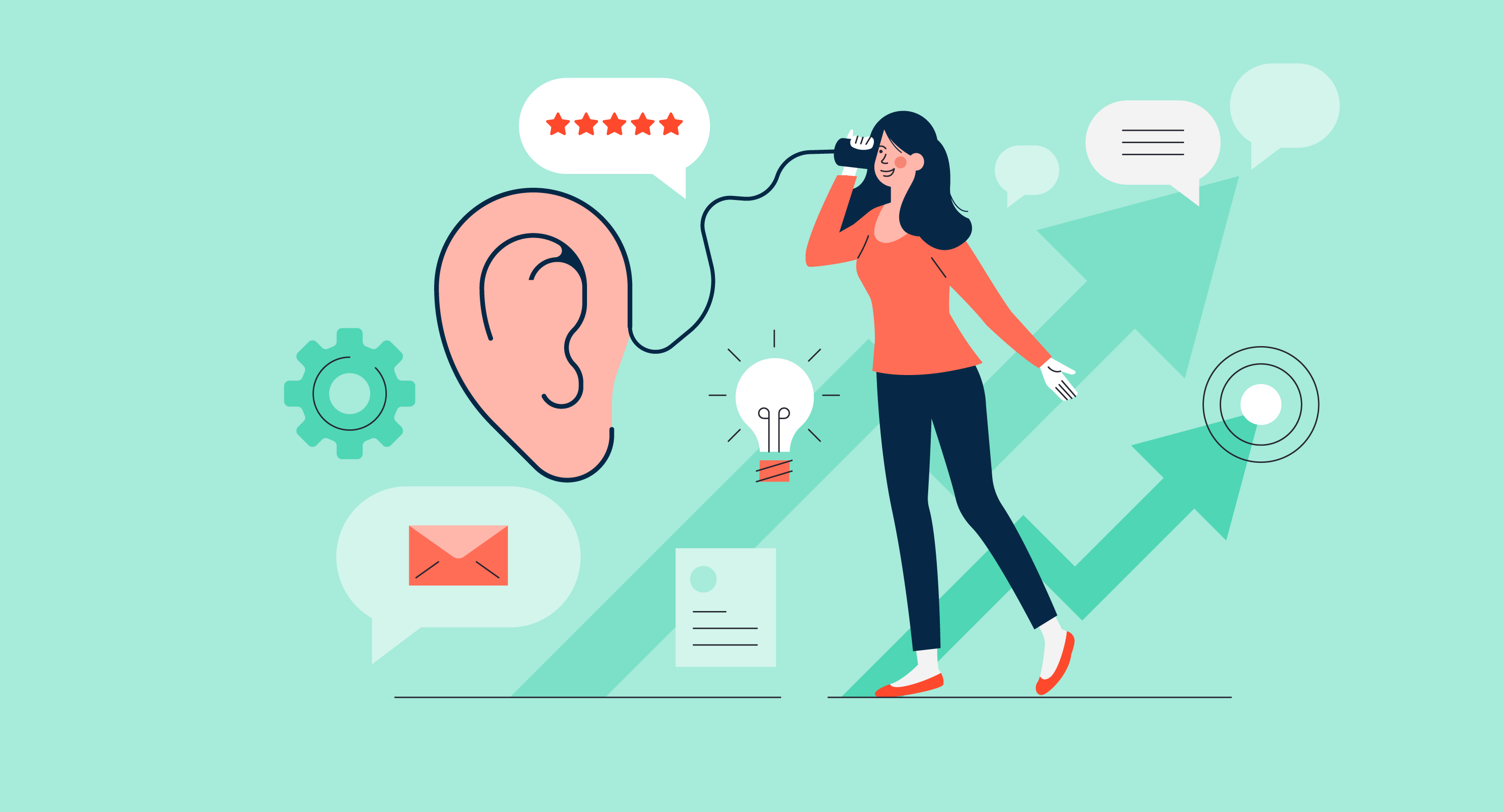
How chatbots use AI to improve their support over time:
- Tracking: Chatbots keep an eye on how people react to their answers.
- Collecting: They gather customer data and analyze it continuously to give more accurate and personalized responses.
- Learning: With this knowledge, chatbots figure out the best responses for different situations.
- Refining: Chatbots get better at deciding which questions they can answer and when to involve a human agent.
Chatbots are also improving in understanding the emotions and sentiments expressed in customers’ words, allowing them to offer better customer care.
9. Collect customer feedback
You can set up chatbots to request feedback from customers after their interaction. The bot can simply ask in the chat how the support experience was, allowing customers to rate it from one to five and provide additional comments if they wish.
To motivate customers to give feedback, chatbots can be designed to offer incentives, such as discount codes or special deals, in return for participating in the survey. Companies can also review chatbot conversation records to discover issues, common questions, and popular products or features.
10. Reduce customer requests
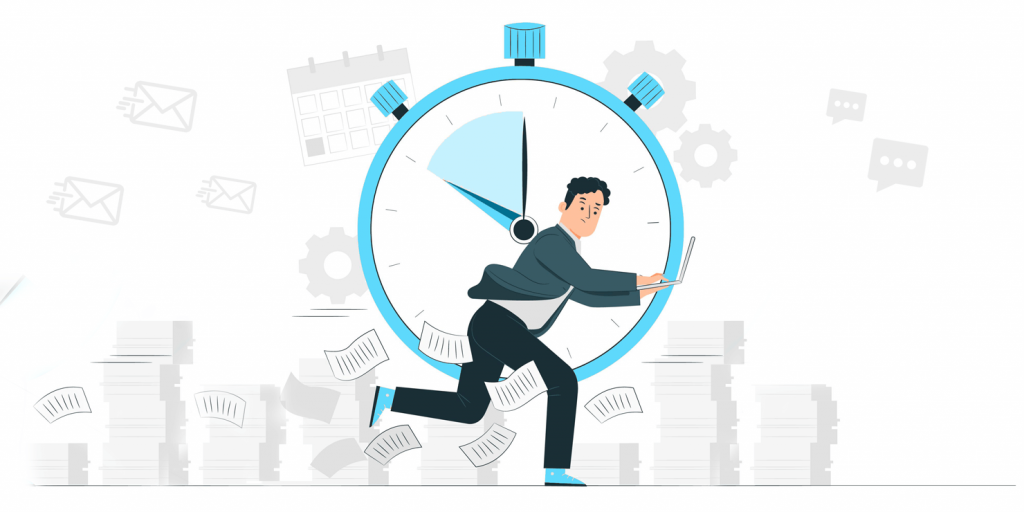
Chatbots step in to handle and divert potential support inquiries, making things easier for agents. They take care of repetitive tasks, answer common questions, and provide self-help solutions, helping customers find the information they’re looking for. This allows agents to concentrate on more complex issues or requests that need a personal touch.
These requests can vary depending on the type of business, its products or services, and the industry it operates in. However, they often involve:
- Providing order status and tracking information
- Giving product details
- Assisting with returns or refunds
- Managing accounts and resolving payment problems
- Gathering feedback
- Offering self-help resources
11. Detect customer intent for added context
Chatbots support, using AI, can figure out what a customer is trying to ask (customer intent) and whether their message sounds positive, negative, or neutral (customer sentiment).
These AI insights are then shared with the human agent, giving them more information to better handle the conversation. The agent can also use this understanding of the customer to make their responses more personalized and prevent potential problems in the future.
12. Boost customer engagement
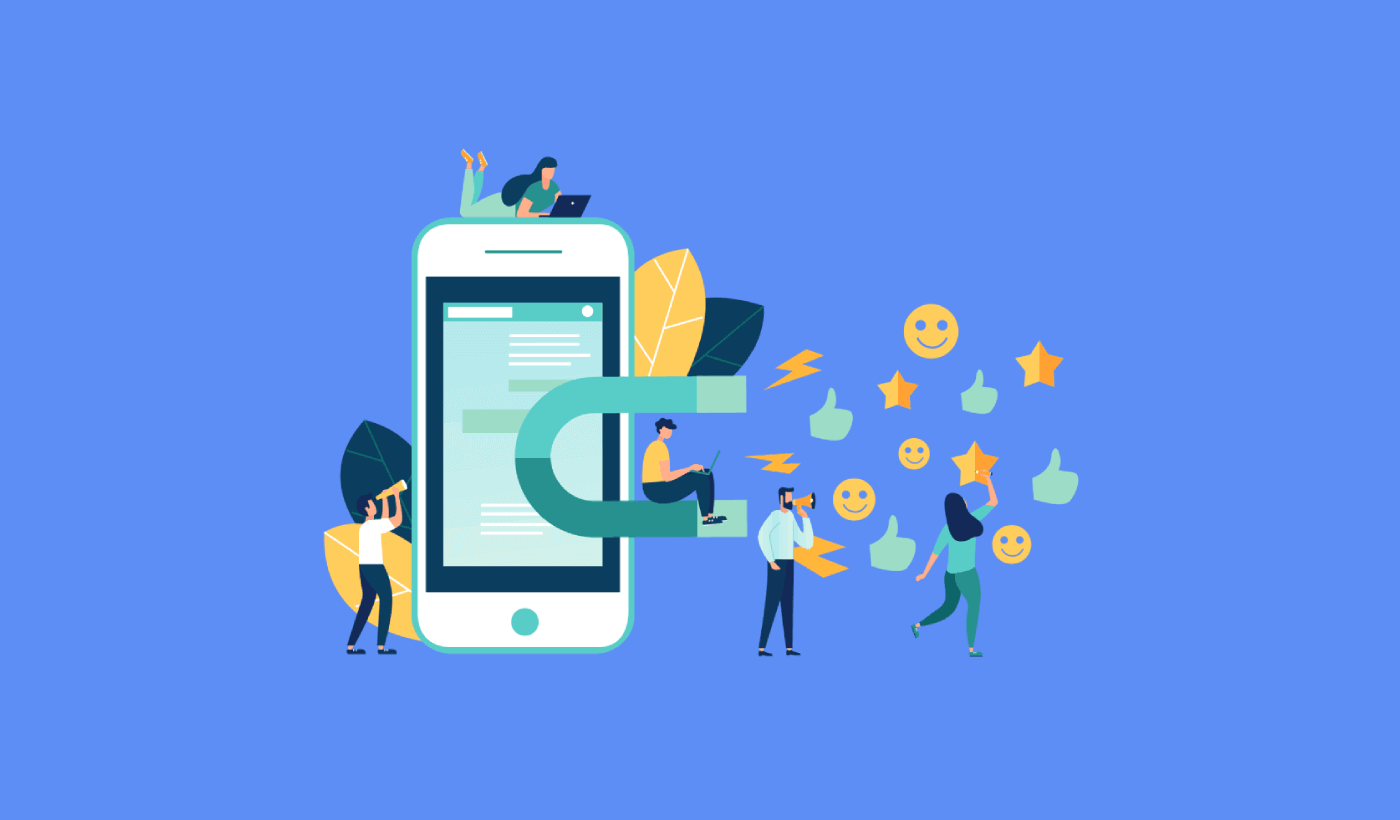
As per our CX Trends Report, 71 percent of customers feel that AI and chatbots speed up responses. However, chatbots do much more than that to enhance customer interaction:
- They can proactively share updates on orders, tracking info, or payment matters.
- After a chat, they can ask for customer feedback or confirm problem resolution.
- Chatbots can have real-time or delayed conversations across various platforms, meeting customers where they prefer.
- They can send reminders and confirm appointments.
- Plus, they can tailor their messages to match your brand’s style and tone.
Chatbots can get really personal by suggesting products or services that match what customers like, based on their actions and choices. They also use a variety of interactive message types like slideshows, forms, emojis, gifs, pictures, and embedded apps to make customer conversations better and self-help more effective.
What are the disadvantages of AI chatbots?
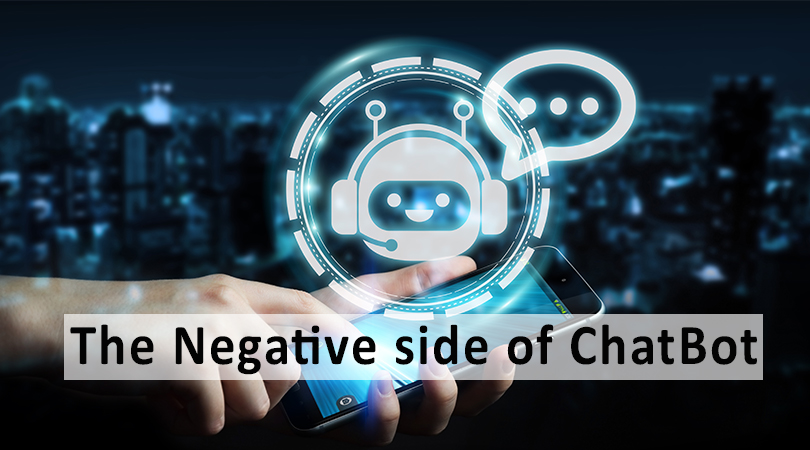
While AI chatbots offer numerous advantages compared to their disadvantages, some customers have reported specific challenges. According to our CX Trends Report, 54 percent of customers mentioned that their main frustration with chatbots is having to answer many questions before being connected to a human agent. That’s why it’s crucial to deploy a chatbot that smoothly handles the transition from the bot to a human agent. Nevertheless, this trade-off comes with several benefits, including:
- Chatbots still handle frequently asked questions and reduce the volume of support tickets.
- Chatbots help prioritize and sort customer queries, reducing manual work for your support team.
- Chatbots can gather customer information right from the start, making customer service faster and more efficient.
- As AI chatbots continue to learn from each interaction, the quality of service improves over time. This means a better understanding of customer needs and fewer questions required to assist customers promptly.
Conclusion
it’s clear that chatbots are poised to revolutionize the world of customer support service and sales. With their 24/7 availability, instant responses, and ability to handle a wide range of tasks, chatbots offer numerous benefits. They improve customer engagement, streamline operations, and ultimately drive business growth. As technology continues to advance, chatbots are undeniably the future of customer service and sales, promising a more efficient and customer-centric approach that both businesses and consumers can embrace.

